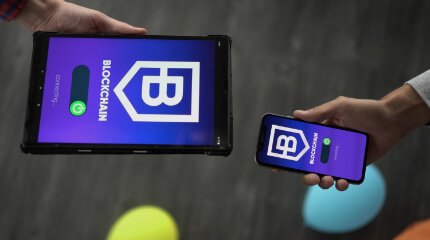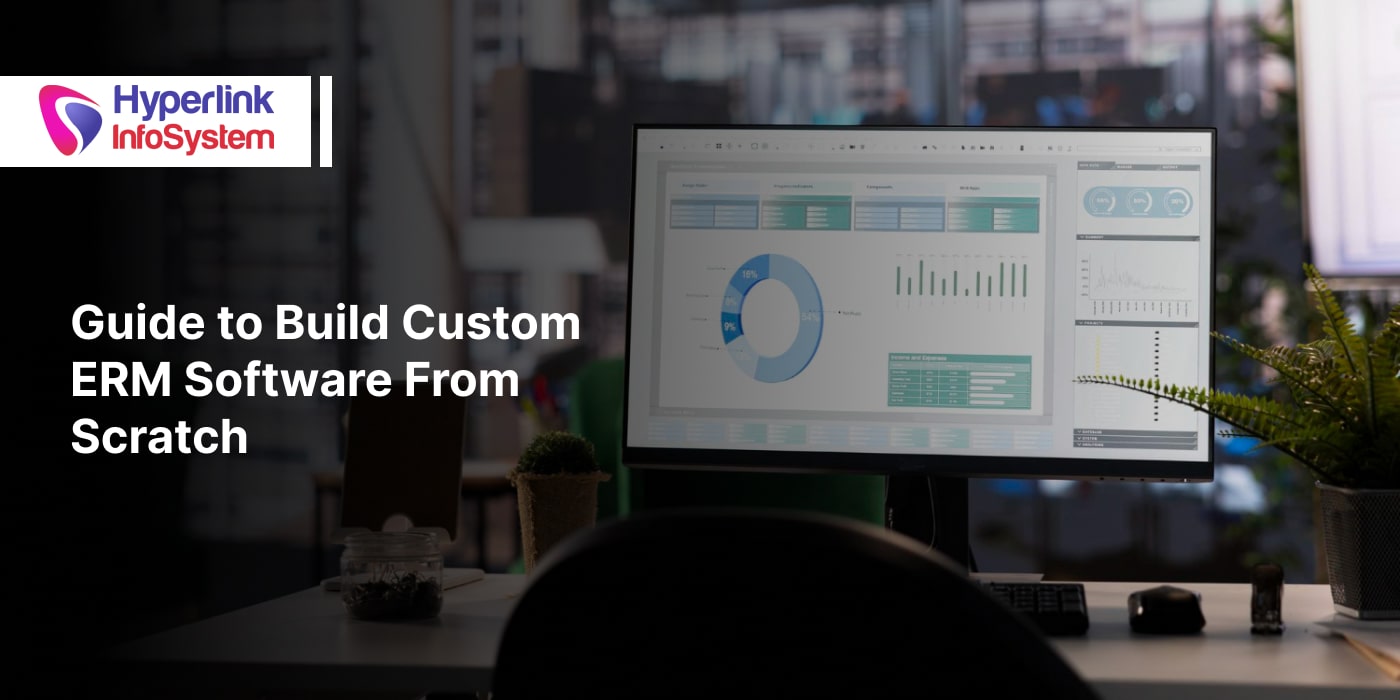Even dating back a few years, one had the least idea that 'Tech' would gain such power over the planet. Would you agree that technology exists among us as microorganisms today? It is nearly impossible for the ecosystem to survive without these beings.
Microbes has the ability to reproduce and multiply! Similarly, each thread of technological innovation impregnates the mind with numerous other possibilities.
In the ever-advancing sphere of app development, leading ahead of the curve is inevitable! Delivering user-centric and innovative applications to users requires consistent groundwork and analysis. Thanks to AI and its power fuelling the fire of mobile app development. Today, artificial intelligence treasures immense power to reshape the app development industry.
As per the results of AI algorithms, artificial intelligence has the power to personalize user experience. AI can track down usage patterns and accurately comprehend what customers look for. But AI is not the only aspect empowering the evolution of
app development frameworks. There is more to it. As you dive deeper into innovations, let's walk through the nitty-gritty of mobile app backend development.
Frontend Development Vs Backend Development
Before proceeding, you must question the basic
difference between Frontend and Backend Development. If you are already working with backend developers or about to
hire backend developers, you can get accurate answers from them. To put it simply, the front end utilizes codes to enhance an application's aesthetic appearance. On the other hand, the back end functions to make the whole thing work!
What Do You Need to Know About Backend Mobile App?
The backend is an invisible component of an application popularly known as the server side. In other words, a backend to a mobile app system is what a soul is to the body. It often handles responsibilities such as security, data storage, and processing.
Users do not have anything to do with the backend. However, it often interacts deeply with the front end. The front end is highly reliant on the backend mobile app for better functionality.
Backed development is highly focused on the website server side. Backend developers utilize technical expertise to carry out behind-the-scenes activities. This helps them in creating website functionality and structure. This allows the frontend to function smoothly without you having to hire frontend developers for frequent glitches.
-
Some of the key skills that a backend developer thrives on include,
-
Problem-solving to identify potential challenges ahead of time
-
Programming language skills to handle Java development frameworks and backend libraries
Moreover, a backend developer is also responsible for the mobile app server. They connect the content audiences view on the sites to the content management system. The tasks also involve developing logic that is required to make the interface function as it is supposed to.
Now that you have a grip on the basics and functionality of the backend mobile app, it is time to take a quick look into the backend
technology stack.
The backend tech stack is also known as the server-side tech stack. It comprises a group of
backend development tools and components:
-
Framework
-
Server
-
Database
-
Operating System
Mobile App Functions That Come Handy with Backend Development
Incorporating a backend for
developing best app is not the end of the story. You need to ensure a few detailed aspects before that. Some of the fundamental functions to implement while designing mobile apps include:
-
SaaS is Software-as-a-Service or third-party services
-
Custom server
-
Cloud server
-
MBaaS
What Are the Necessary Steps in Backend Development?
Mobile app backend development is a consistently evolving procedure. It might be advancing, however, its intricacy demands a perfectly structured path to be followed. For your idea, some of the vital steps in backend development are:
1) Strategy
The foremost aspect that drags attention when talking about the steps in backend development is none but 'strategy!' There is nothing that can beat a well-versed strategy when developing a mobile backend program. Here are some tactics that developers often use to chalk out a robust strategy:
-
The very popular, 'In-depth market research'
-
Well-defined long and short-term goals
-
Choosing your Target audience
-
Knowing Who they are
-
Settling for the Perfect Platform
2) Designing
The second vital thing to get your eye on is the design. The UI/UX design works to make the app usage easy for users and boost its functionality. A robust backend can synchronize many things in a row. They include architecture, workflow, style guides, etc.
3) Analysis
Analysis is a significant part of backend development. Developers often spend a handful of hours on application analysis. They evaluate apps from various sources to find the perfect fit for their needs. This approach makes app development more fluent and efficient.
4) Testing
The ultimate step in the custom backend process includes testing. The various types of testing include performance testing, unit testing, and security testing. These tests are paramount to determine that the apps work constantly on every platform under all circumstances.
The Top Perks of Backend Development
The vital role of the backend continues from the beginning to the end of the development procedure. Here are some of the noteworthy perks of backend development.
-
Rapid development
-
Reduced time of marketing
-
Cost efficiency
-
Consistent integration and delivery
-
Higher performance and security
-
Consistent focus on core business chores
-
Cloud Infrastructure Outsourcing
-
Privacy requirements like GDPR
-
Quality output in less time
The Components In Backend Software Stack
The software stack of backend development can be broken down into four parts. Here are some details on each!
A backend server is usually the nervous system of the application. It offers eminent resources that the network requires to function efficiently. The shared resources often comprise web services, file storage, encryption, security, database, and email.
The database is the key element that adds a dynamic edge to the website. This is to ensure that anytime a user raises a request from the site database, the query is accepted. It is then followed by fetching and providing the data to the user.
Middleware is the software that links up the front end with the back end. It allows smooth connectivity between the server and the client. This contributes to quality project management, content management, and user engagement.
Conclusion
Until now, you must be enlightened about the basics and complexities of mobile app development. The vast field of app development comes with a range of leverages today. Faster development duration, cost-cutting in design, and quality outputs are the most prominent ones. As the spine of mobile applications, backend development is on the verge of revolutionizing the entire way it works! The patterns in backend technology are assumed to evolve as it sheds light on more innovations in the long run.























